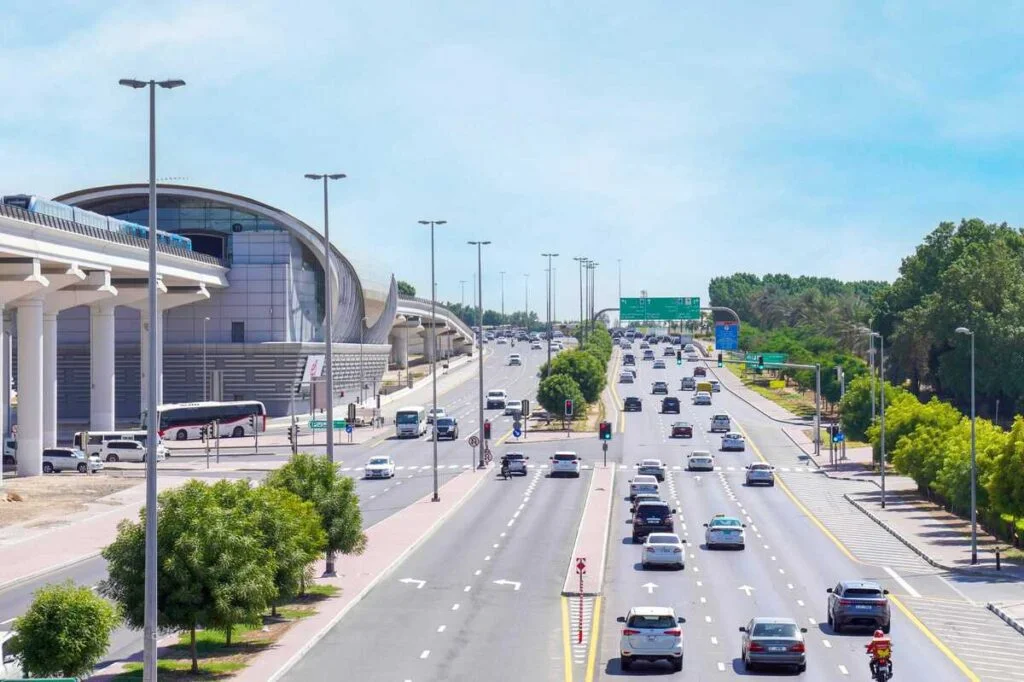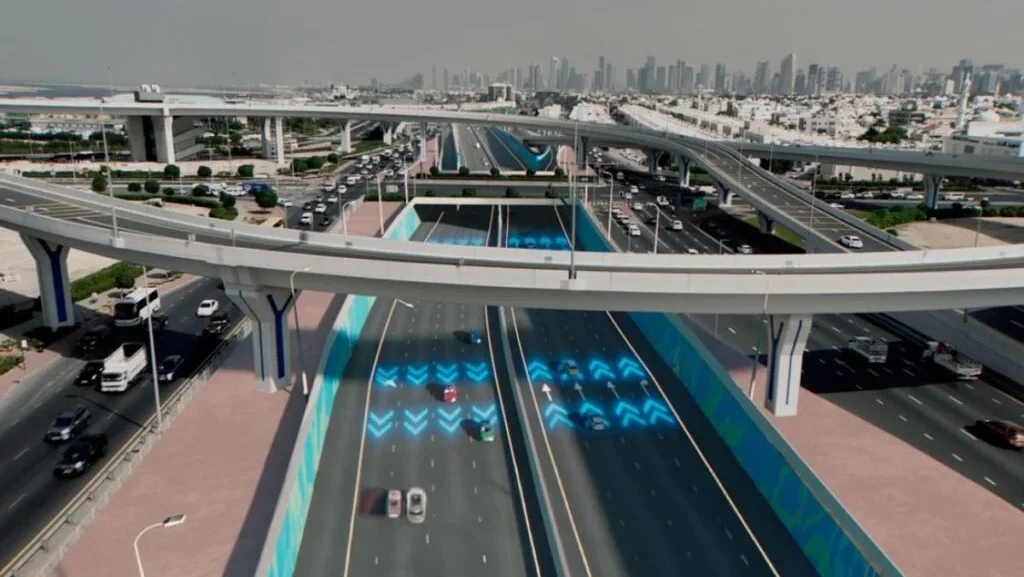Dubai is taking a bold step into the future by introducing an Artificial Intelligence (AI) system that can predict traffic violations before they even happen. This exciting new technology is set to change the way roads are managed and make driving in the city much safer and more efficient.
The AI system will carefully study driving behavior and detect possible rule-breaking patterns in real-time. By doing so, it aims to stop violations such as speeding, dangerous lane changes, and distracted driving — before they turn into real problems.
This project is part of Dubai’s long-term smart city plan, where technology plays a major role in improving everyday life.
What the AI System Will Do
The AI system is not just another traffic camera. It is designed to think, learn, and act faster than traditional systems. It will collect data from thousands of vehicles on the road, analyzing how drivers behave over time. For example, if a driver often speeds or brakes too hard, the system can recognize this as risky behavior.
Once such a pattern is found, the AI can send early warnings or alerts. In some cases, authorities may even contact repeat offenders before they commit a serious violation. The main goal is not to punish people, but to prevent accidents and save lives.
A Step Toward Safer Roads

Every year, traffic accidents cause injuries and take lives. Many of these accidents are caused by human mistakes — speeding, tailgating, or ignoring traffic lights. With AI in place, Dubai hopes to catch these behaviors early and reduce road accidents significantly.
Officials say this system could reduce traffic violations by up to 50% in some areas. That would mean fewer tickets, fewer accidents, and less stress for drivers.
The system will also help traffic police work more efficiently. Instead of watching endless hours of camera footage, officers will receive smart reports and alerts directly from the AI. This will allow them to focus their efforts where they are needed most.
How AI Learns and Predicts
The AI traffic system is powered by machine learning. This means it can study patterns and improve over time. As it gathers more data from the roads, it will become even better at identifying risky driving behavior.
Here’s how it works:
- Data Collection: Cameras and sensors track how cars move — their speed, braking, turning, and lane-changing.
- Pattern Analysis: The AI looks for behavior that could lead to violations.
- Risk Prediction: If it spots a possible issue, it flags it and sends an alert.
- Real-Time Action: Alerts can be sent to traffic officers or displayed on digital signs for drivers.
The more the system runs, the smarter it gets. Eventually, it will be able to spot even small signs of dangerous driving before a violation happens.
Where and When It Will Start
Dubai’s Roads and Transport Authority (RTA) is working with top technology companies to roll out the system. The first phase will start in key traffic zones where accidents are most common.
While an exact launch date has not been confirmed, officials say the system will begin testing within the next few months. If successful, it will expand to other parts of the city soon after.
This is not just a short-term experiment. It’s a big part of Dubai’s larger plan to become one of the smartest and safest cities in the world.
Part of a Bigger Smart City Vision
Dubai has always been a leader in using smart technologies. From self-driving taxis to AI-based police robots, the city has shown strong interest in using technology to solve urban problems.
The AI traffic violation prediction system is just one more example of this forward-thinking approach. It fits perfectly with Dubai’s vision for a future where data, automation, and smart planning help create a better quality of life for everyone.
By predicting problems before they happen, Dubai is making its roads safer not just for drivers, but for pedestrians, cyclists, and emergency responders too.

What This Means for Drivers
Some drivers might feel nervous about a system that watches and predicts their behavior. But officials say that the AI will focus on improving safety, not spying on people.
The data will be used to prevent accidents and protect lives. Drivers who follow traffic rules will have nothing to worry about. In fact, they might even feel safer knowing that risky drivers are being monitored and warned before causing problems.
Also, the new system may mean fewer roadblocks and police stops, since AI can handle much of the monitoring work.
A Future of Smart Mobility
With this new system, Dubai is moving closer to a future of “smart mobility” — where traffic is managed automatically, and people get to their destinations faster and more safely.
The AI traffic prediction system could lead to:
- Lower insurance costs, as fewer accidents happen.
- More efficient traffic flow, reducing traffic jams.
- Faster emergency responses, since road conditions will be monitored in real time.
All of these improvements will make life easier for residents and visitors alike.
Final Thoughts
Dubai’s move to launch an AI traffic violation prediction system is a powerful example of how technology can be used for good. Instead of reacting to problems after they happen, this system will prevent issues before they cause harm.
With smart systems like this in place, Dubai is leading the way for other cities around the world to follow. The roads of the future may be safer, faster, and more intelligent — and that future is starting right here, in Dubai.
Also read: Tourism in Dubai Surges with a 15% Rise in Early 2025



